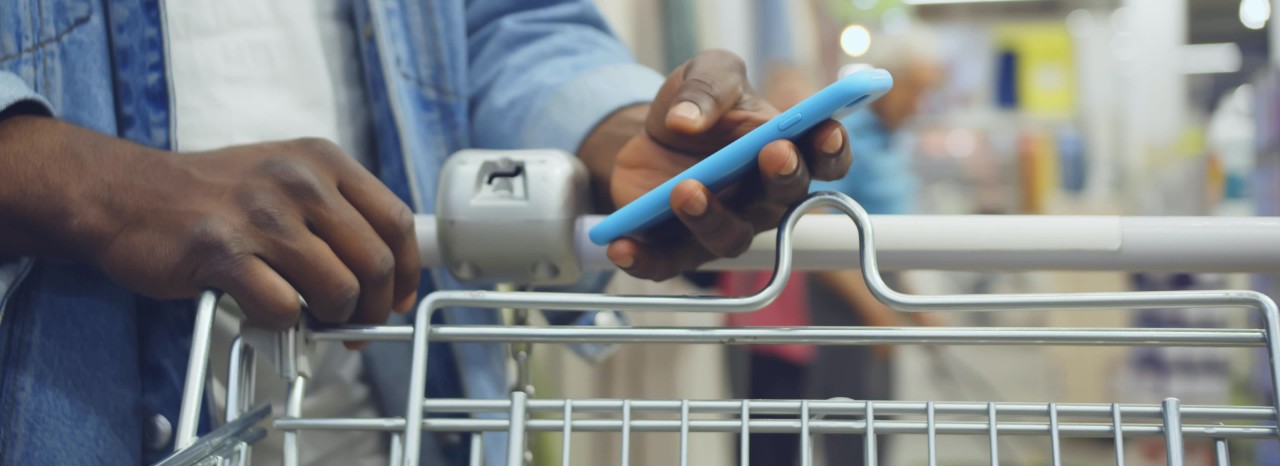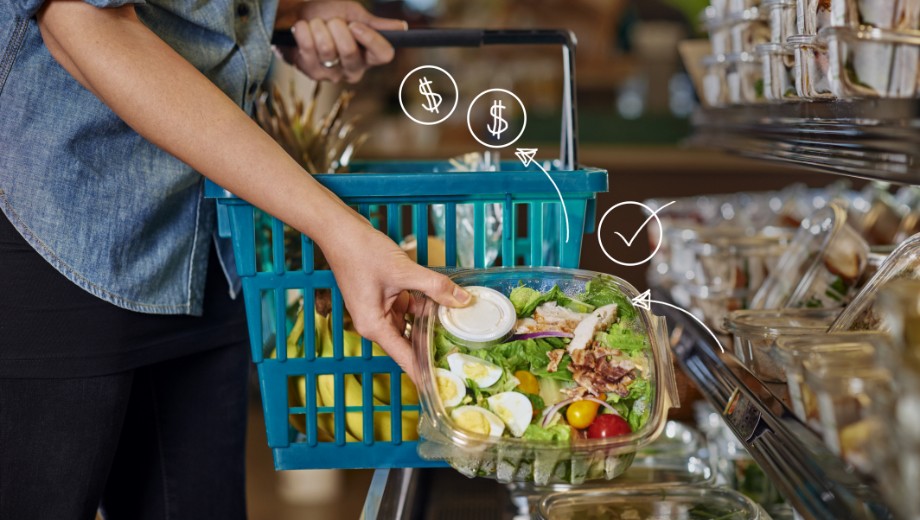The retail and supply chain sectors face the challenges digital transformation poses, and COVID-19 has increased the pressure. In this article we look at how RFID-based touchless technologies offer opportunities – from automated supply chain scanning to touchless retail experiences.
Like any crisis, the COVID-19 pandemic is a catalyst for change. While we have seen traditional stores suffering from lock-down restrictions, e-commerce is thriving for primarily store-based retailers as it is for their online competitors. All the evidence suggests that this is a harbinger to a fundamental shift in consumer behavior, urging brick and mortar stores to commence or step up their omnichannel efforts and offer ‘touchless’ retail experiences’: both are essential to not only defend their territory but to shape the future of retail.
Hygiene awareness increasing? Touchless is the answer!
Increased demand, product shortages, minimal time to stocktake and the added need for social distancing have put pressure on grocery stores and retailers alike worldwide. Coupled with the issue of contamination and reducing the amount of ‘hands’ touching products is raising alarm bells for what the ‘new normal’ retail concept will look like. There is also a shift in consumer expectation for stores to provide solutions for unmanned stores, no-touch deliveries, and ‘scan and go’ cashless self-checkout.
‘Scan and go’ solutions: the end of queues
The latter is a solution that facilitates immediate and contactless purchasing by giving customers the ability to scan and pay for items directly from their mobile phones, thus eliminating the need for the traditional ‘queue-and-checkout’ method.
Using a patent-pending scan and go technology developed by Avery Dennison partner Mishipay, items equipped with UHF RFID tags (like those produced by Avery Dennison) can be automatically disabled when a shopper has scanned the QR code and paid for an item. Shoppers no longer need to approach a physical checkout to have these tags disabled. Their journey is now frictionless, queue-free and safe, while maximising the efficiency of the store and freeing staff to focus on other priorities.




